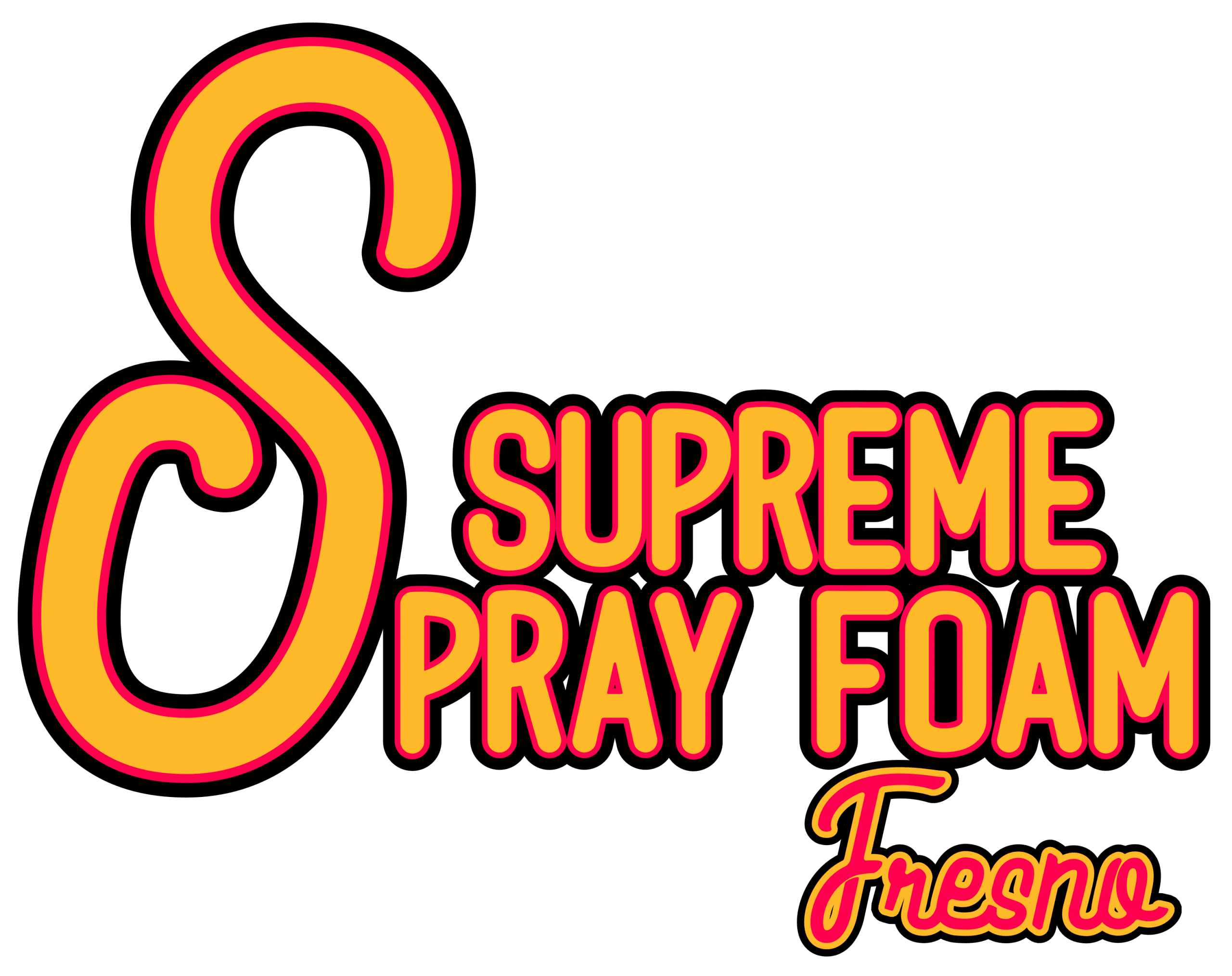Spray foam insulation is a fantastic way to boost energy efficiency and comfort in your home. It seals up drafts, insulates better than traditional materials, and helps keep your utility bills down. But here’s the big question homeowners often ask: Can you apply spray foam insulation yourself, or is this a job best left to the pros?
If you’re in Fresno, CA, and considering tackling this on your own, there are a few things you should seriously think about before popping open a DIY kit.
What Spray Foam Insulation Is (And Why It’s Tricky)
Spray foam isn’t your typical insulation. It starts as a liquid and expands rapidly to fill gaps, cracks, and voids in walls, ceilings, and crawl spaces. That expanding power is part of what makes it so effective—but also what makes it risky if you’re not trained to use it.
There are two main types:
- Open-cell foam: Softer and more flexible, great for sound dampening and interior walls.
- Closed-cell foam: Dense and rigid, adds moisture resistance and even structural support.
Both have their place—but both require precise handling and correct application to avoid problems.
Is DIY Spray Foam Insulation Really Possible?
Yes, technically you can buy a spray foam kit from a home improvement store or online. These kits usually come with pressurized foam cans and an application nozzle. But should you do it yourself? That’s another story.
Here’s what you need to know before you suit up.
1. It’s Not as Easy as It Looks
Professional installers don’t just spray and walk away. There’s a lot of preparation, technique, and experience involved. DIY foam jobs can go sideways quickly if you’re not careful.
Common issues include:
- Uneven coverage, leaving cold spots
- Foam expanding too much and damaging drywall or framing
- Poor adhesion, leading to early failure
2. Safety Is a Big Deal
Spray foam contains reactive chemicals that release gases while curing. These can be harmful if you’re not wearing the right gear or working in a well-ventilated area.
Health risks include:
- Breathing in chemical fumes (can cause lung irritation)
- Skin and eye contact
- Long-term exposure if the foam isn’t cured properly
Without a proper respirator, gloves, goggles, and full-body protection, you’re putting your health at risk.
3. Equipment Matters
Professionals use high-pressure spray rigs that heat and mix the foam precisely. DIY kits don’t have the same control, and that can lead to uneven results.
With a DIY kit, you risk:
- Poor foam quality
- Inconsistent curing
- A messy, wasteful application
4. Mistakes Can Be Costly
Many homeowners try to save money by doing it themselves—but a bad spray foam job can cost more to fix than it would’ve cost to hire a pro in the first place.
Pros and Cons of DIY Spray Foam Insulation
| Factor | DIY Kit | Professional Install |
|---|---|---|
| Cost | Cheaper upfront | More expensive up front |
| Quality | Can be hit-or-miss | Consistent and reliable |
| Tools | Limited control | Commercial-grade equipment |
| Safety | Higher risk | Full safety protocol followed |
| Longevity | May need repairs | Long-lasting, energy-efficient |
When DIY Might Be Okay
There are a few cases where using a DIY spray foam kit makes sense:
- Sealing small cracks or gaps around doors, windows, or pipes
- Touch-up work after a larger job
- Short-term fixes where you just need to block a draft
If you’ve worked with insulation before, are comfortable with chemicals, and have the proper safety gear, you might be able to pull off a small project.
When You Should Hire a Professional
If your project includes any of the following, you’re much better off leaving it to the pros:
1. Insulating a Whole House or Attic
Large areas require even coverage and multiple passes. Pros know how to layer foam correctly without overdoing it.
2. Hard-to-Reach Spaces
Tight corners, vaulted ceilings, and crawl spaces need the right technique to avoid missed spots and overexpansion.
3. Building Code Compliance
Pros understand local Fresno building codes and can make sure your insulation passes inspection.
4. Long-Term Energy Savings
A proper install can save hundreds a year in heating and cooling. A poor DIY job might barely move the needle.
Thinking About Going DIY? Here’s a Step-by-Step Look
If you’re determined to try a small job on your own, here’s how to minimize the risks:
Step 1: Prepare
- Clear out the area
- Open windows or add fans for ventilation
- Put on gloves, goggles, full coveralls, and a respirator
- Read all directions on the kit before starting
Step 2: Apply Foam
- Shake the can thoroughly
- Spray in light layers—don’t try to fill gaps in one go
- Avoid overspraying; foam expands more than you think
Step 3: Finish and Inspect
- Let the foam fully cure
- Trim any extra with a sharp utility knife
- Check for missed spots and touch up if needed
- Keep the space ventilated for a few hours
Final Thoughts
DIY spray foam insulation can be tempting—but it’s not something to take lightly. If you’re only filling a few small gaps and understand the safety protocols, it may be worth a try. But for anything bigger, hiring a pro is the smartest move.
A professional installation will give you better insulation, improved safety, and long-term energy savings—all without the stress and risk.
Need Help? We’ve Got You Covered.
At Supreme Spray Foam – Fresno, we’ve insulated hundreds of homes across the Central Valley. Our trained technicians use high-performance equipment and proven techniques to ensure every job is done right the first time.
Call now: (559) 545-0800
Serving Fresno, Clovis, and the surrounding areas
FAQs: DIY vs. Professional Spray Foam Insulation
Is it safe to install spray foam yourself?
It can be—but only with full safety gear, proper ventilation, and good technique. Mistakes can cause serious health and property issues.
What’s the biggest mistake DIYers make?
Applying too much foam at once or missing spots. Both lead to poor insulation results.
Can I remove spray foam if I mess up?
Yes, but it’s tough. Foam sticks hard and removing it can damage surfaces. Professionals often have to come in and fix DIY jobs.
How long does spray foam insulation last?
When installed correctly, 20–30 years. DIY jobs may not last that long if the foam isn’t applied evenly or fully cured.
Will a DIY job save me money in the long run?
Not usually. If done right, maybe. But most homeowners save more with a professionally installed system that performs at its best.
Does spray foam work in cold weather?
It can—but temperature matters. Foam may not cure properly if it’s too cold. Professionals use heated equipment to apply it year-round.
Is spray foam good for keeping pests out?
Yes! It seals cracks and gaps that bugs and rodents use to sneak in.
Can I use foam for soundproofing?
Open-cell foam helps reduce sound, but only if applied correctly and in the right places.
Is professional spray foam worth it?
Absolutely. You’ll get better results, better performance, and peace of mind knowing your home is insulated the right way.


